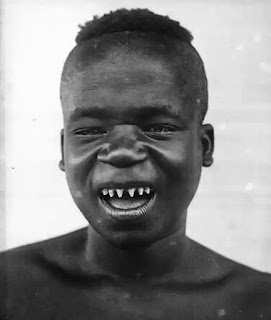Bushman Shares a Cage With Bronx Park Apes.
In 1904, Ota Benga was abducted from Congo and transported to the United States, where he was put on display alongside monkeys. His tragic story uncovers the origins of enduring racial prejudice that continues to haunt us.
On Monday, September 10, 1906, black ministers who were summoned to an urgent meeting at Harlem's Mount Olivet Baptist Church arrived in a state of fury. According to a New York Times article from the previous day, a young African man, referred to as a "pygmy," had allegedly been exhibited in the monkey enclosure of the city's largest zoo.
The newspaper's headline read, "Bushman Shares a Cage With Bronx Park Apes." Large crowds, numbering up to 500 people, gathered at the cage to marvel at Ota Benga, a diminutive individual standing just under 5 feet tall and weighing 103 pounds.
To attract more onlookers following the media attention from the New York Times, Benga was moved from a smaller chimpanzee cage to a much larger one, making him more visible. An orangutan named Dohang was also placed in the same enclosure. Benga, appearing much younger than his claimed age of 23, sat motionless on a stool, peering through the bars as the crowds assembled to taunt him.
Forty years after the abolition of slavery in America, the New York Zoological Gardens exhibited a visibly distraught African boy alongside gorillas, highlighting the vulnerable position of black individuals in the nation's capital. The show was met with enthusiasm by New York's media, scientists, public officials, and ordinary citizens, while "colored" ministers and a handful of sympathetic elites found themselves isolated against a wall of indifference from white society. By the end of September, over 220,000 people had visited the zoo, twice the number compared to the same month the previous year. Almost all of them headed straight to the primate house to see Ota Benga.
His captivity became a subject of national and international headlines, which gradually desensitized people to his plight. The pastors regarded it as a shocking testament to the devaluation of their lives by their fellow Americans, as one of their own was living among monkeys.





Comments
Post a Comment